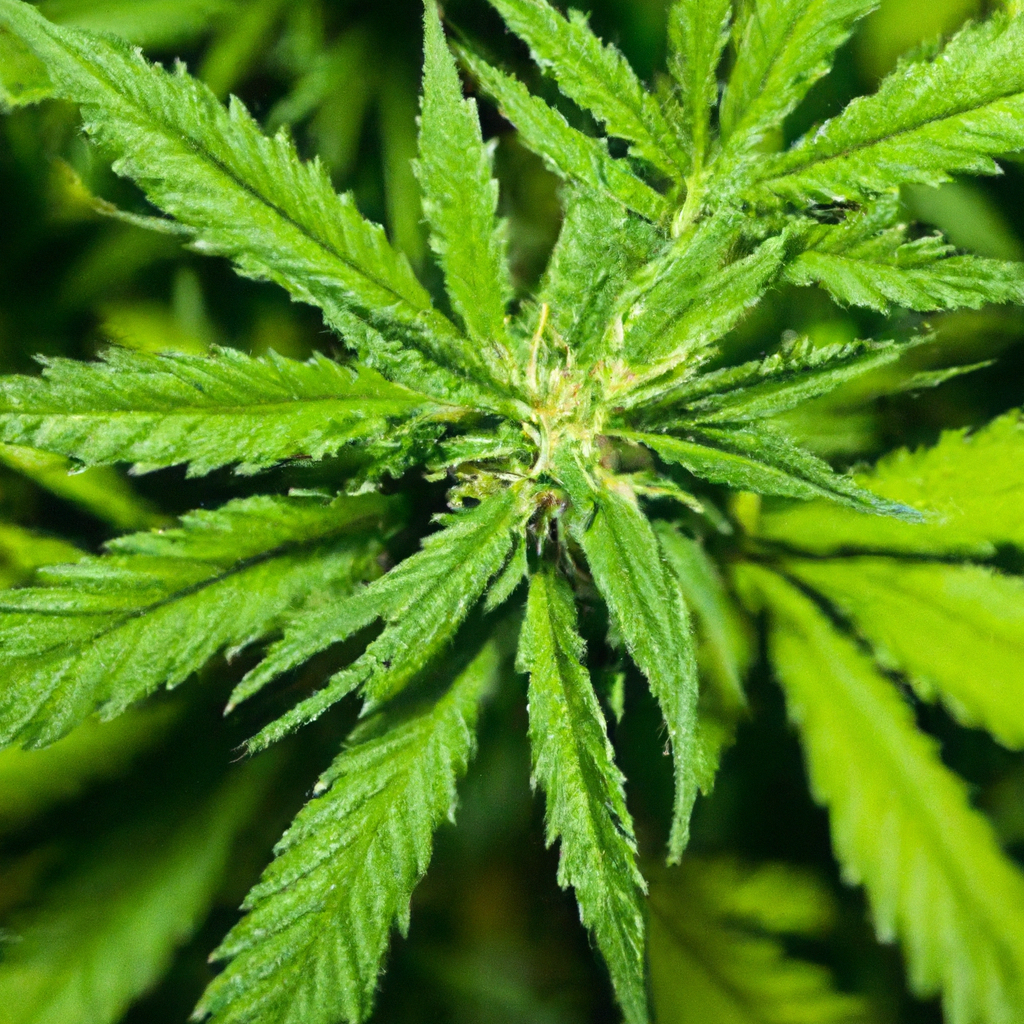Welcome to this exploration of how the unique conditions of high-altitude environments influence cannabis potency. My name is John “Magic” Greenleaf, and I’ve spent over three decades cultivating cannabis in the vibrant Rocky Mountains of Colorado. Today, we’ll delve into the magical interplay between altitude and cannabis, concentrating on how elevation shapes the potency and resilience of this extraordinary plant.
Understanding the High-Altitude Advantage
It’s no secret that high-altitude growing presents unique challenges, but it also offers remarkable opportunities for enhancing cannabis potency. As you ascend higher, the air becomes thinner, and UV exposure increases. These conditions can strain plants, prompting them to develop defensive compounds, such as cannabinoids and terpenes, which then translates into more potent and unique-smelling buds. In my experience, strains cultivated at elevation often demonstrate higher THC and terpene levels than their lowland counterparts.
Potency and the Stress Factor
One of the fascinating aspects of high-altitude growing is how plants respond to environmental stressors, which can significantly influence their potency:
- Increased Cannabinoid Production: Heightened UV exposure acts as a kind of “natural stress,” encouraging plants to produce more cannabinoids, including THC and CBD, as a protective measure.
- Enhanced Terpene Profiles: Stress from altitude can lead to more robust aromatic compounds, giving high-altitude cannabis its distinctive scent and taste profiles.
Navigating Challenges with Expertise
As rewarding as high-altitude cultivation is, it requires careful management of environmental variables:
- Temperature Fluctuations: Temperatures can swing dramatically, especially between day and night. Utilizing automated control systems helps maintain more stable growing conditions, preserving plant health and maximizing yield.
- Humidity Control: Effective humidity management is crucial to prevent mold and disease. I recommend keeping grow rooms at 55-60% RH during vegetative growth and reducing to 45-50% RH during flowering.
Real-World Success Story
Take, for instance, our “Mile High Mystique” hybrid. Bred to thrive in thinner air and higher UV exposure, it’s a testament to what high-altitude cultivation can achieve. The complex terpene profile, with layers of lavender and earth, sets it apart, while its calming effects make it a staple for Colorado locals seeking relaxation after a long day.
Final Thoughts
High-altitude growing is more than an act of agriculture; it’s a dance with nature, revealing cannabis’s vast potential. While the challenges are plentiful, my experience in Colorado’s rugged terrain has shown that the reward is in the harvest—rich in flavor, aroma, and effects. Remember, the altitude makes us tougher—and so does our weed.
Until next time, keep those roots happy, buds healthy, and harvests bountiful. Join me on my blog, MagicGreenGrow.com, to continue learning and growing together.
John “Magic” Greenleaf
Growing greatness, one strain at a time.


Leave a Reply